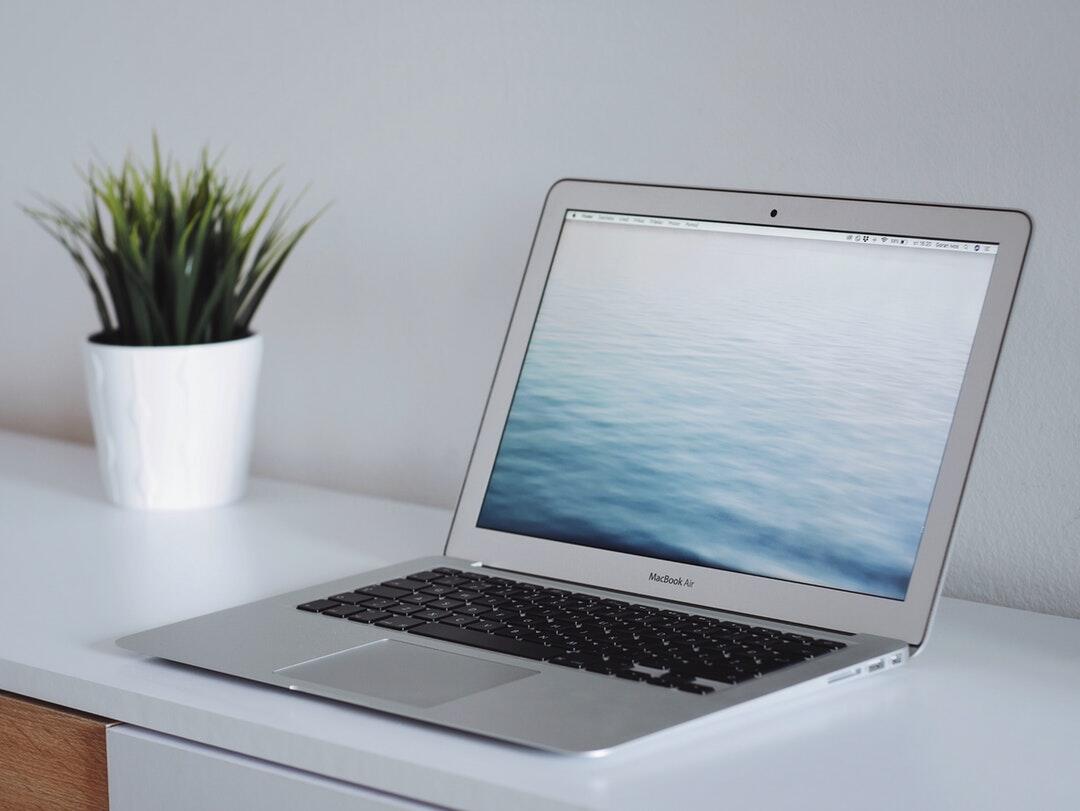
Did you know that 89% of American households have a computer?
Computers have become an integral part of our daily lives, from work to entertainment. However, like all electronic devices, computers can encounter issues.
One common problem is getting a PC stuck at motherboard screen. This can be frustrating, especially if you have important work to do or need to use your computer urgently.
But don’t worry, this troubleshooting guide will help you identify and fix the issue. Read on to learn more.
Outdated BIOS
The BIOS is a firmware embedded on your PC’s motherboard. If it’s not updated to work with newer hardware, your system might struggle to boot.
To update your BIOS, you’ll need to download the latest version from the manufacturer’s website. Make sure to follow the instructions carefully. Any mistake can cause irreversible damage to your system.
If you’re not comfortable updating the BIOS on your own, it’s best to seek professional help. You can check this PC and phone repair service here to help you find a reliable technician.
Hardware Issues
Another reason for getting stuck at the motherboard screen could be a hardware issue. One of your components may be not properly connected or faulty. This can be a tricky issue to identify, but there are a few things you can try.
First, check all the connections inside your PC. Make sure everything is plugged in correctly and securely. You can also try removing and reinserting components one by one to see if that solves the issue.
If that doesn’t solve the problem, try removing one component at a time and see if your PC boots up normally. This will help you identify which component is causing the issue. If you find a faulty component, it’s best to replace it.
Corrupted Operating System
If you’ve ruled out hardware issues, the next likely culprit could be a corrupted operating system. This can happen due to various reasons such as malware or improper shutdowns. A corrupted operating system can also prevent your computer from booting properly.
Your operating system can be repaired using the installation disc or USB. If you don’t have one, you can create a bootable USB with the operating system from another computer.
If this doesn’t fix the issue, you may need to reinstall the operating system. This will erase all your files, so make sure to back them up before proceeding.
Insufficient Power Supply
A common mistake that many people make is not having enough power supply for their computers. If your power supply unit (PSU) is not providing enough wattage to your components, it can cause boot issues.
You can check if this is the issue by using a power supply calculator and comparing it to your PSU’s wattage. If there’s a significant difference, you may need to upgrade your PSU.
Moreover, make sure that all the power connectors are plugged in securely. Loose connections can also cause problems.
Software Conflicts
Sometimes, certain software or drivers can cause conflicts that prevent your computer from booting. This can happen due to outdated or incompatible software.
To troubleshoot this issue, try booting your PC in safe mode. Safe mode only loads essential drivers and services. This can help identify the problematic software.
Once you’ve identified the culprit, either update or uninstall it. You can also try using system restore to go back to a point when your computer is functioning.
Bad RAM
Random Access Memory (RAM) is a crucial component of your computer. It stores data and instructions for your CPU to access quickly. If your RAM is faulty or incompatible with your system, it can cause your PC to crash.
To check if your RAM is the issue, you can try removing one stick of RAM at a time and booting up your computer. If it boots with only one stick, then the other may be faulty.
You can also use memory diagnostic tools to test your RAM. If it’s faulty, you’ll need to replace it with a compatible one.
Overheating
Excessive heat can cause the computer to freeze or reboot unexpectedly. This can happen if your PC is not properly ventilated. It can also happen if the cooling system is not working efficiently.
To prevent overheating, make sure to clean your fans and vents regularly. You can also invest in additional cooling solutions such as an extra fan or a liquid cooling system.
Moreover, make sure to monitor your computer’s temperature using software. Take appropriate action if it exceeds safe levels.
CMOS Battery Failure
The CMOS battery powers your PC’s BIOS firmware, which is essential for starting your computer. If this battery fails, it can lead to issues because the BIOS settings revert to default.
Replacing the CMOS battery on the motherboard is a simple and cost-effective solution. This might fix your issue and prevent future problems.
Incorrect BIOS Settings
Sometimes, changing settings in the BIOS can cause compatibility issues or prevent the computer from booting properly. If you’ve recently modified your BIOS settings, they might be the culprit.
Resetting the BIOS to its default settings can resolve the issue. This is also a good step to try before considering other more complex solutions.
To reset the BIOS, you’ll need to access it by pressing a specific key during boot-up. This key varies depending on your motherboard manufacturer. Make sure to check the manual or search online for instructions.
Once you’re in the BIOS, look for the option to reset to default or clear CMOS. Save your changes and restart your computer.
Faulty Graphics Card
A malfunctioning graphics card can also prevent your computer from booting. This can lead to a screen freeze at the motherboard screen.
Test another working graphics card on your system if possible. If the problem persists even with a different card, the issue likely lies elsewhere.
If it works, then your graphics card may be the culprit. You can try updating the drivers or replacing the card altogether to fix the issue.
Troubleshooting a PC Stuck at Motherboard Screen
A PC stuck at motherboard screen can be an unnerving encounter. But with the right knowledge and approach, it’s a problem that can be solved.
Don’t let technical difficulties hinder your productivity or enjoyment of using a computer. By following the PC troubleshooting steps outlined in this guide, you can identify and fix this issue. Remember to always take precautions and seek professional help if needed.
Discover more tips and insights on our website. Expand your knowledge by exploring our other articles today!




